Nitrogen Cycle Worksheet
Our nitrogen cycle worksheet is from MatchCard Science Botany Unit Study.
Free Download Below
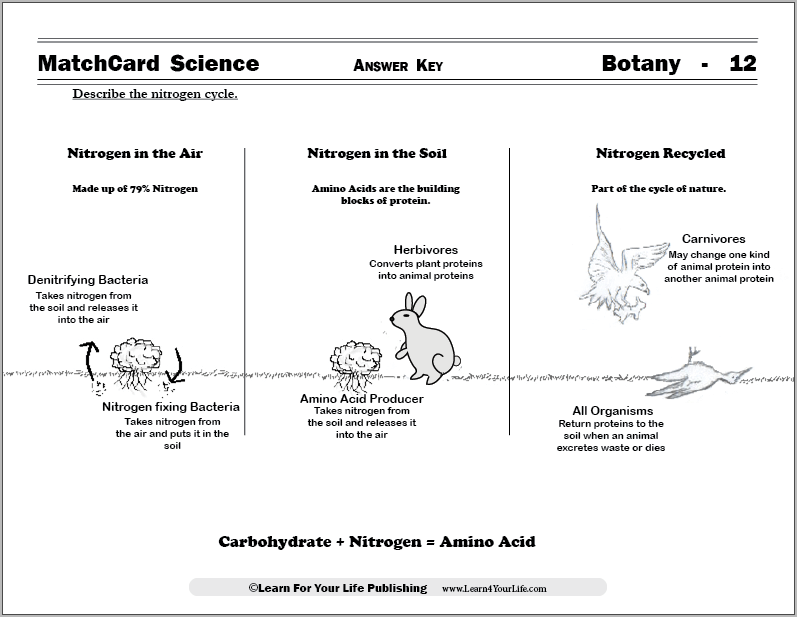
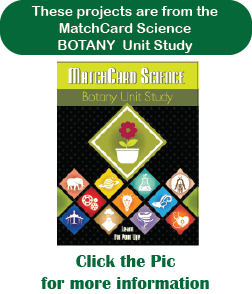
MatchCard Science Nitrogen Cycle Worksheet
Objective: Describe the nitrogen cycle in nature.MatchCard: Download below.
MatchCard Information Pieces describe how the following contribute to the nitrogen cycle: Nitrogen fixing bacteria Denitrifying bacteria Producers (amino acid producers) Herbivores Carnivores.
Download the Nitrogen Cycle MatchCard


This is MatchCard #12 of the Botany Unit Study. Find more information on MatchCard Science below.
Let's Teach the Nitrogen Cycle
Prerequisite Knowledge:https:Opening Activity
Take a deep breath. What did you just breathe?Let them guess for a minute: air, oxygen, carbon dioxide. Can they think of anything else that was going in and out of their lungs? (It was mentioned before, but I bet many don't remember it.)
How about this hint:
This important element comprises 3% of your body weight and 79% percent of atmospheric air
. Pretty important stuff, and you may have probably already guessed it:NITROGEN
Nitrogen is an interesting element to study. Besides being able to make dangerous explosives if you acquire some liquid nitrogen, it has other important uses.Allowing us to survive, for instance. Humans, as well as all plants and animals require nitrogen.
A Little Protein, Please
Now would be about the time to offer a healthy, protein snack. Trail mix with nuts, egg salad sandwich, cottage cheese or other cheese, or peanut butter on celery.Have a discussion of why protein is so important. It provides energy, and it provides the structure of our cells - somewhat like a skeleton is the structure of a body. It does a few other things, but that's good for starters.
Proteins are made out of amino acids. And an amino acid is a carbohydrate with nitrogen added. Here's an important fact to remember:
Carbohydate + Nitrogen = Amino Acid
That is a little bit simplistic, but it is true. Different amino acids will have different amounts of nitrogen and perhaps a few other elements (like sulfur) and they will be bound to the carbon chain or ring in different locations. But for kids, it is sufficient to remember that nitrogen added to a carbohydrate will produce an amino acid. We'll leave it to your liver and kidneys to get the exact chemical equation right.But now, let's learn how nature's nitrogen cycle provides a continuous supply of nitrogen so we can have our protein.
Nitrogen in the Air and Soil
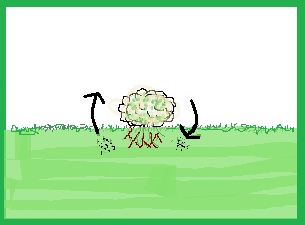 The nitrogen in the air and the nitrogen in the soil are in different forms. Two types of micro-organisms are responsible for balancing the nitrogen in the soil and air.
The nitrogen in the air and the nitrogen in the soil are in different forms. Two types of micro-organisms are responsible for balancing the nitrogen in the soil and air.https:
As the picture shows, these bacteria exist in the soil. And the process of putting nitrogen in the soil is quite important to the plants whose roots go into that soil.
Proteins in Plants and Animals
Remember that nitrogen + carbohydrates make amino acids? Let's look at that a little closer.Amino Acids and Proteins
From the nitrogen, carbon, oxygen, and hydrogen atoms, 23 different amino acids used by humans can be formed. (There are more than 500 types of amino acids, but we'll just focus on the 23 for now.)We can compare the 23 amino acids to the 26 letters of the alphabet. From our 26 letters, an infinite number of different words can be formed. From the 23 amino acids, a huge number of different proteins are made. These thousands of different proteins are different sizes and shapes and used all over the body.
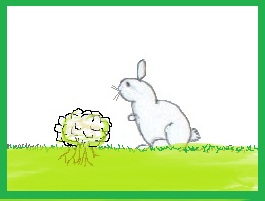
Plants: Protein Producers
We already learned how carbohydrates are made by plants during photosynthesis. Well, thanks to the nitrogen fixing bacteria, the plant also can get some of that important nitrogen (in the form of ammonia) through the soil. It's absorbed through the roots and viola! Amino acids are made.Plants are often called producers. And now you know why. They are the ones that produce the amino acids from the ammonia in the soil.
Animals and Proteins
Protein production doesn't stop with plants. You see, plants don't make all 23 types of amino acids needed by humans. They make only some of those 23 amino acids.But animals come along, and eat the plant proteins. Then the animals liver rearranged all those nitrogen, carbon, oxygen, and hydrogen atoms to make the other types of amino acids.
Herbivores
Herbivores are plant eating animals (like rabbits) that digest plant proteins and create animal proteins. They are an important part of the food chain.Carnivores
Carnivores are animals that eat other animals. They are dependent on the smaller animal to convert plant proteins into animal proteins for them.Proteins in Plants and Animals
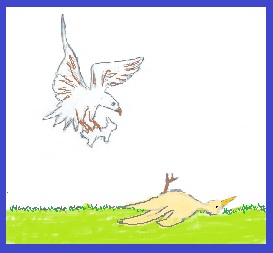
Along comes the herbivores and the nitrogen cycle continues. What happens to the nitrogen after an animal eats another animal?
Some of the animals remains will remain on the ground. The nitrogen is broken down into the soil.
Some of the nitrogen is digested by the carnivores, and eliminated as waste. That waste usually makes its way into the ground. It also becomes part of the soil.
https:
And the nitrogen is cycled and recycled over and over again. A far more efficient recycling program than humans have ever come up with!
The Food Chain
Yes, it's a little morbid: but also a fact of life.Plants are the base of the food chain. Without them, the rest of the web wouldn't be here (and I'm not talking about the internet web - though in the end it wouldn't be here without plants either.)

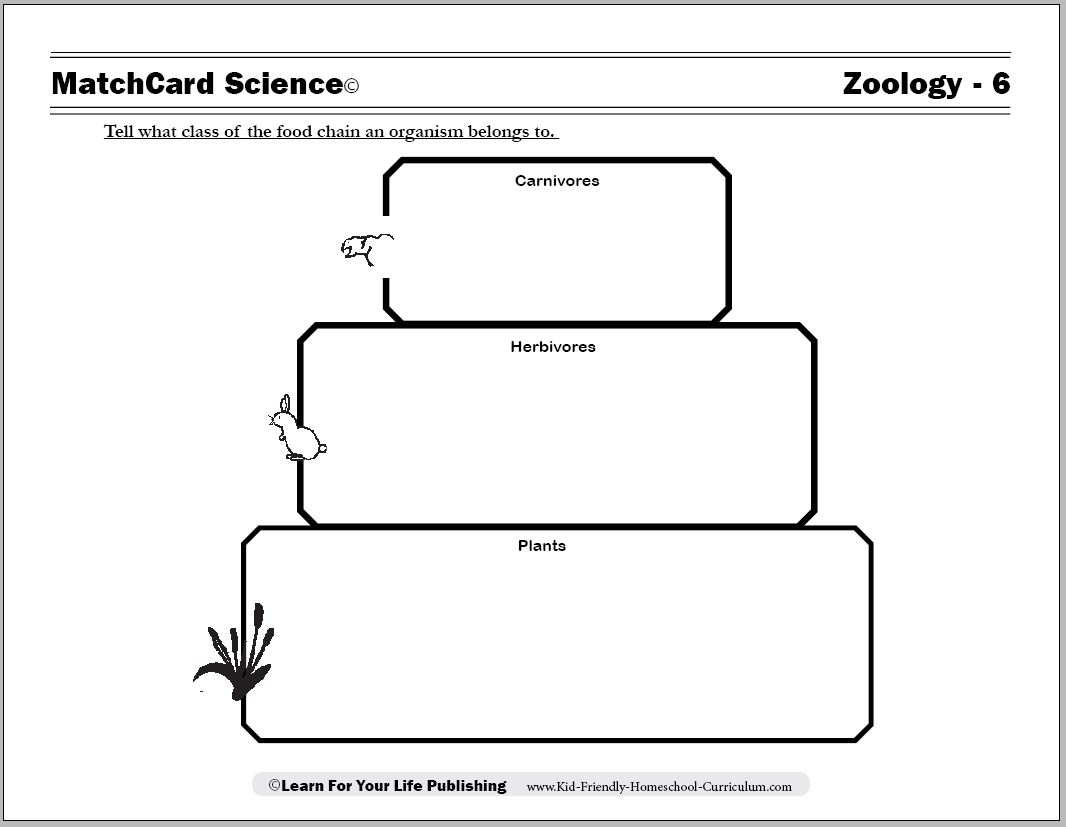
The Food Chain
Activities, Games, and MatchCard for Younger Sibs
Hands-on Project: Nitrogen in the Soil
How Much Nitrogen in Your Soil?
Maybe this should be called a hands-in project instead.
You can buy ammonia testing strips from an aquarium supply store and use them to test the amount of nitrogen in soil.Hmmm, why would fish-owners care? You obviously don't want too much accumulation of organic matter in the water. But you want nitrogen-rich soil for plant growth and for the nitrogen cycle.
Take a sample of soil, add it to tap water in a jar with a lid. Shake, shake, shake until you get a muddy-mess.
Unscrew the lid, use a rubber band to secure a thick paper towel around the opening of the jar. Tilt the jar and collected the first half cup of water that runs out.
This water will be your sample for testing.
For comparison, test different samples of soil. Which have the most nitrogen? Why?
Science Fair Experiment
The test for nitrogen in soil (above) can become a science fair botany experiment. Consider what independent factors might affect the soil, and see if this changes the nitrogen content.Ideas: https:
A Tasty Nitrogen Treat
Liquid nitrogen has some interesting uses because of its freezing point. There are interesting videos on the internet of projects done with liquid nitrogen. (It's easier and safer to watch it than to try to find your own source of the stuff.)While enjoying the videos, you might want to serve some Dipping Dots or frozen ice cream treats made with liquid nitrogen. It won't particularly make your kids smarter, but I guarantee they won't complain.
MatchCard Science
How To Use MatchCards

Download the FREE MatchCard Science Instructor's Guide and see how MatchCards can make building their science knowledge base fun.
Botany Unit Study
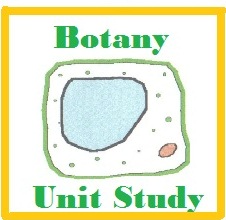
Check out our entire Botany Unit Study with 11 objectives.
12 Science Unit Studies

Chemistry is only one of twelve complete unit studies for kids in 3rd to 8th grade.
Comprehensive objectives, hands-on projects, suggested science fair experiments, and the fun game-like MatchCards keep them interested in learning science. See all twelve MatchCard Science Unit Studies.
About Our Site
Hands-On Learning













